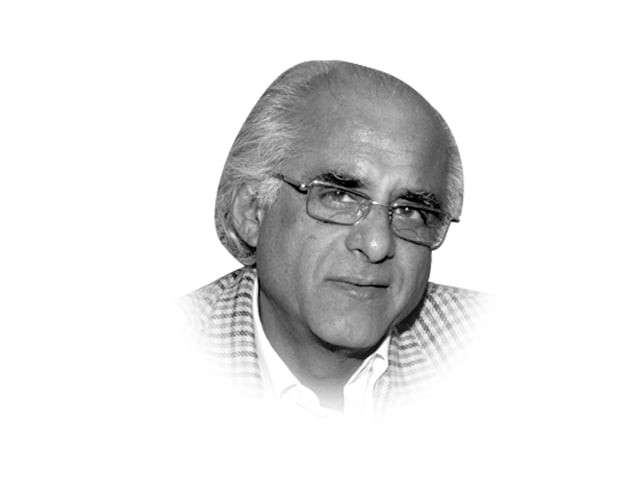Pari Nagar
In the summer of 2009, I returned to Virawah to photograph Pari Nagar, but it had been picked clean of the ruins.

Pari Nagar
There were stone foundations of houses some clearly palatial, others humbler; several ruined temples; arched doorways and, the most intriguing of all, a rectangular stone platform with a free-standing arch. The remains of the lintels and pillars, only a few then in place, the rest in the dust, were all richly carved with motifs that we still see in the Chaukandi-style tombs of Sindh and Balochistan.
Pari Nagar was established as a port way back in the 6th century BCE (by another estimation, 400 years later), on an arm of the Rann of Cutch coming right up into the desert. On this inland sea did Pari Nagar become a thriving port whose ships sailed to distant marts. Its Jain merchants, assiduous and honourable in matters of commerce and trade, made good money and the city flourished.
In the winter of 1222, glorious Pari Nagar met the beginning of its end. The cowardly Jalaluddin, erstwhile king of Khwarazm, fleeing before a general of Changez Khan’s army, turned up outside the gates of this city. Defeated, humiliated and pursued like a hunted beast, Jalaluddin in his frustration had already vented his spleen on the cities of Multan, Uch and Bhakkar. Looting and sacking, he had left behind smouldering ruins of those once great cities. He did likewise at Pari Nagar.
But after Jalaluddin withdrew towards Bhambore (which, too, he sacked), Pari Nagar rebounded right back. Powered by the riches of its Jain merchant class, the port city soon bustled anew. Another century was to pass before life slowly began to ebb away from the lively streets and market squares of Pari Nagar. The inland sea receded until it had completely forsaken the port. No longer could ships sail up into the desert. The commerce of Pari Nagar died; its merchant class forsook it for other places. The walls of the city fell silent, wild growth overtook the ruins and the abandoned buildings of the once beautiful city crumbled. Only its name, Pari Nagar, and tales of its grandeur refused to leave the collective memory of the people of Thar.
That was how I found it in April 1984: in the bazaar of Virawah men had tales and tales without end to tell of the past glory of Pari Nagar. Later, I checked with the Department of Archaeology in Karachi, but no investigation had taken place on this fabulous site and there was little to learn of its life in those far off times.
In the summer of 2009, I returned to Virawah with the hope of photographing the ruins of Pari Nagar. Other than one ruinous Jain temple and some scattered pieces of masonry, I found nothing amid the thick undergrowth. The place had been picked clean of the ruins. The Rangers man accompanying me said, the locals had over the years taken away the stones and bricks to make their own houses. Later, in the Virawah bazaar I found this to be true.
In anger, I turned on the Ranger: if he and his colleagues had spotted a young woman and man holding hands and strolling among the ruins, they would have belaboured them for obscenity. And here, the greatest obscenity, the pillaging of the cultural heritage of this sorry land took place right under their eyes and nobody moved.
But the Rangers in the desert are not the only ones to blame. The people of Pakistan are spectacularly blind when it comes to heritage and history. We embrace a false, contrived history; we reject our true heritage. That is the way we have been trained for the past six decades.
Published in The Express Tribune, January 14th, 2012.














COMMENTS
Comments are moderated and generally will be posted if they are on-topic and not abusive.
For more information, please see our Comments FAQ